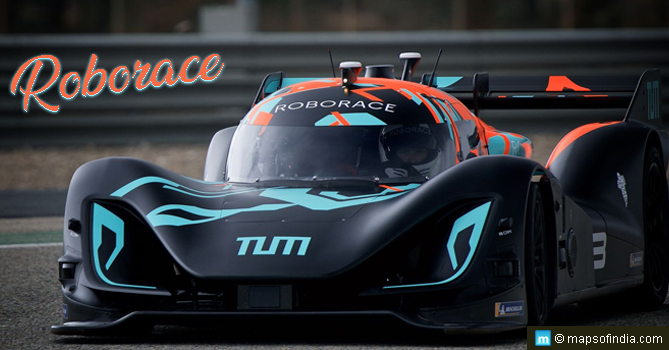
For a larger part, autonomous cars are the future. From self driving cabs, to driverless luxury, Artificial intelligence (AI) is where the automotive industrial giants are putting all their tech-wired brains and huge chunks of finances in.
An autonomous car is one that combines a variety of electrical and electronic sensors stationed at strategic points in the body of the car to perceive its surroundings such as Radar, Lidar, Sonar, GPS, odometry and inertial measurement units. The sensory information is interpreted to form appropriate routes for navigation while avoiding obstacles and adhering to road and traffic signs.
The very first experiments on automated driving systems began over a hundred years ago – right since the first passenger driven cars came into play. It took the experimentation a few decades to get to live trials. And in 1977, Japanese engineering gave us the first semi-automated car which ran on a pre-marked path with the aid of just a couple of cameras and an analog onboard computer. The next decade was alive with electricity as development projects founded by technical universities in the US and Europe in collaboration with giants such as Mercedes-Benz and DARPA began producing prototypes that travelled thousands of kilometres on their own with near-perfect accuracy and opened the doors of autonomous mobility to the rest of the world.
Artificial intelligence in automobiles has come a long way and though there’s still some time before autonomous cars outnumber passenger driven ones on our roads, motorsports have already arrived at the future.
Global Motorsports Series
Formula E – the all electric racing event brings us Roborace, a global motorsports series created by UK based Kinetic. Roborace is aimed at promoting autonomous race car driving and is an opportunity for autonomous driving/AI tech software developers to compete with the sharpest minds in their field and push the horizons of autonomous driving in motorsports.
All teams get the same car as hardware and have to work on their own software to drive it in the race. The racecar is designed by Daniel Simon, the brain behind the concept vehicles in Tron, Captain America, Prometheus, Oblivion and more. Having worked with Volkswagen and Audi in their design studios and in the last decade building concept vehicles for the likes of Marvel and Disney, Simon has gained an admirable reputation in concept vehicle design and bringing the stuff of fantasy to reality.
The racecar is the living embodiment of aerodynamics with no passenger cabin. The idea was to keep the beauty of a racecar while eliminating the bulk of a driver’s cockpit and taking full advantage of the reduced weight of both the driver and his environment as it is built to be run by a supercomputer for a brain, coupled with electric motors, antenna, radar, lidar and cameras. The brain is built by NVIDIA and is called the PX2 supercomputer and uses 12 CPU cores to churn out eight teraflops of computing power that enable it to perform about twenty four trillion operations in one second – the kind of stuff that makes sure the car delivers the agility and intelligence required to manoeuvre a crowded race track at speeds over 200 miles per hour. It also employs a LIDAR system which is basically 3D mapping using lasers and stands for “light detection and ranging”. Up until now, Lidar has been used in aircrafts to measure the distance of the moving object from points on the ground enabling it to map their path in 3D space. Nvidia has long been working on developing autonomous driving technology and Roborace could prove to be just the right platform it needs to develop and market its technology where the strictly controlled environment of a race track will be the best testing and analytics system it could ask for.
Twenty cars will compete in the race and the objective of the participating teams would be to race against the others and cross the finish line as quickly as possible – a task which is obviously way tougher than covering ground and manoeuvring traffic obstacles with smart cars – what google the rest of the autonomous technology players have been at till now., and the participating teams would have to deal with all the stress of pit crews except for the safety of the driver.
Roborace – Season Alpha
Roborace’s first competition is dubbed “Season Alpha” and will experiment with the various formats and challenges designed to push the skill level of the teams and simultaneously work towards building a whole new generation of fans. There will be a number of events in Season Alpha that would be held over numerous locations across Europe and America in the year 2019, the information for which shall be made available to the public through their social media channels and website and other marketing channels. Basic information is available on their page www.roborace.com, and promotional youtube videos on their channel give a pretty good insight as to what this new breed of motorsport events is about to bring to the world.





